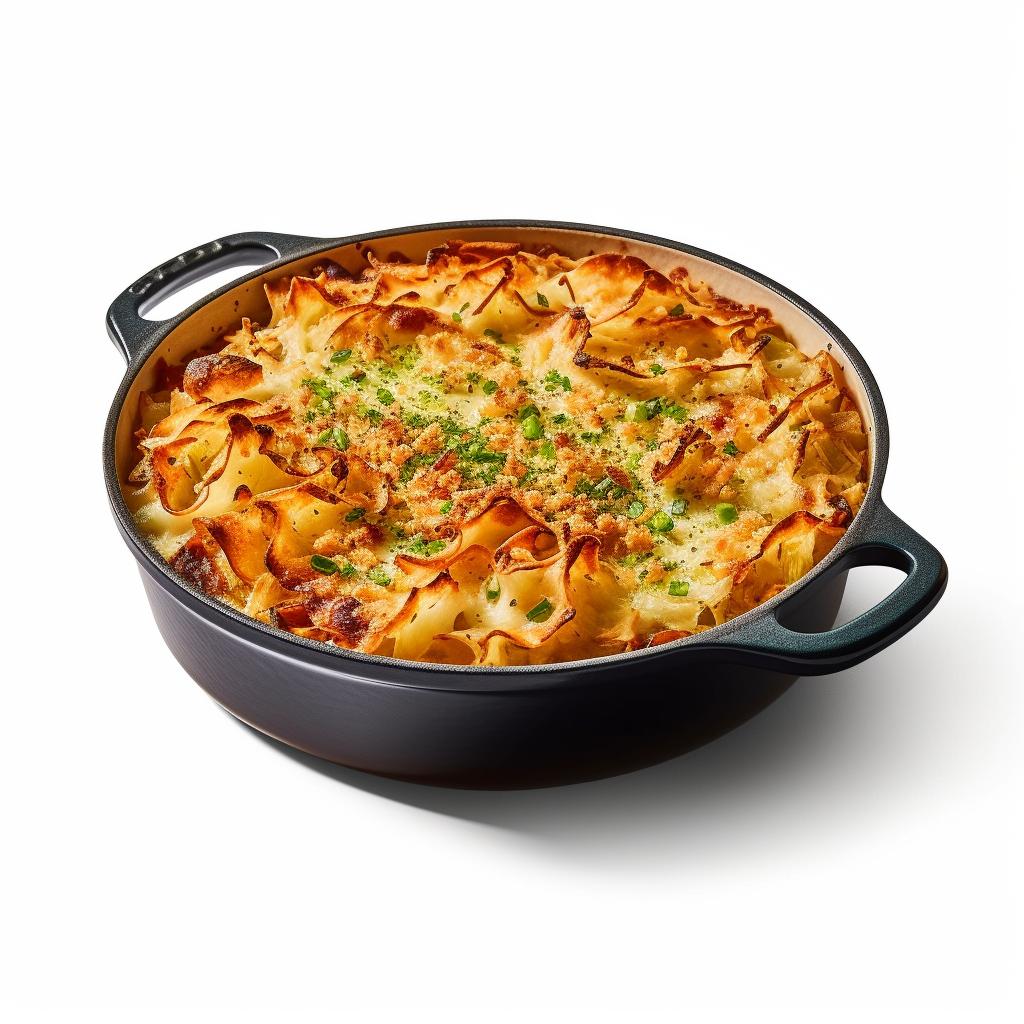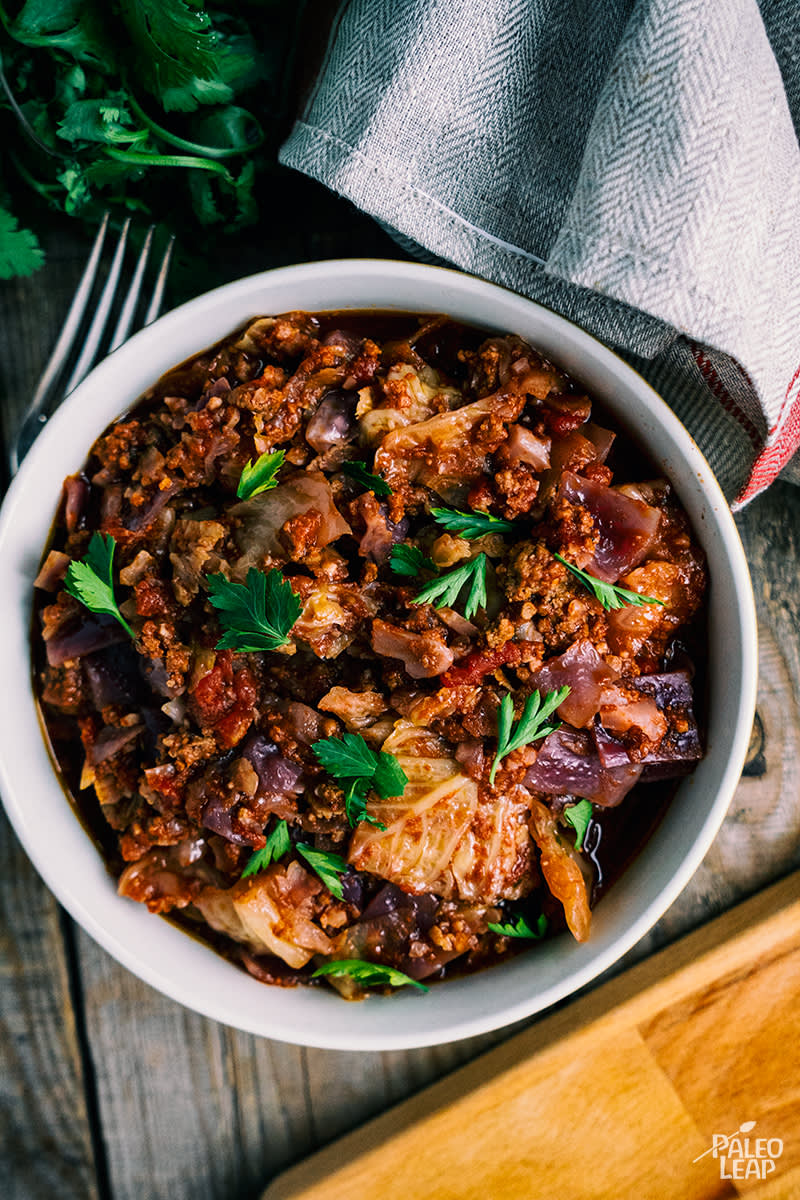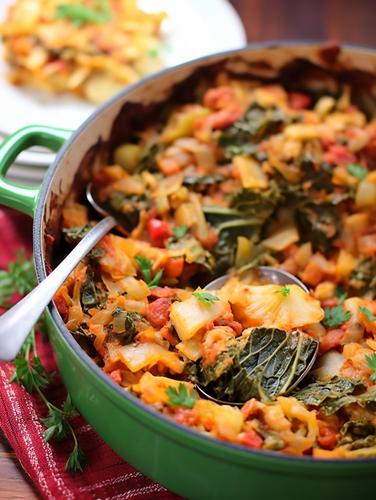Cabbage Casserole
Cabbage Casserole is a hearty, comforting dish that entails layers of shredded cabbage, savory meat, and cheese, baked together to delightful perfection. Rich in nutrients, it's an excellent way to incorporate greens into your diet in a manner most tasteful. Sharing it as a family dinner, a side dish, or a meal for one, it easily appeals to various palates.
The prep for this versatile dish is quite simple and requires basic ingredients such as cabbage, ground meat, onions, and cheese. You can add a personal touch by playing with spices, making Cabbage Casserole a favorite among home cooks.
33%
CARBS
44%
FAT
22%
PROTEIN
Featured Articles
21 Recipes for Cabbage Casserole
Cabbage Casserole FAQ
What is Cabbage Casserole?
What ingredients do I need to make Cabbage Casserole?
How do I prepare the cabbage for the casserole?
What cooking technique is best for making Cabbage Casserole?
Can I substitute any of the ingredients in the recipe?
How can I adjust the consistency or texture of the casserole?
What are some common mistakes to avoid when making Cabbage Casserole?
How should I store the leftovers and can I prepare the casserole ahead of time?
Expiration & Storage Tips
When does Cabbage Casserole expire?
A homemade cabbage casserole can last for up to 3-5 days in the refrigerator. If you have frozen the casserole, it can last up to 2-3 months. Remember, these time frames depend on the freshness of the ingredients used, so always err on the side of caution.
How do you tell if Cabbage Casserole is bad?
Check for a change in color, usually towards a darker hue. Also, if the casserole has a sour smell or if there's a slimy texture, those are clear signs that it may have spoiled. Finally, the presence of mold indicates that the casserole is no longer safe to eat. When in doubt, throw it out! Better safe than sorry.
Tips for storing Cabbage Casserole to extend shelf life
• Always store your casserole in air-tight containers to prevent exposure to bacteria.
• You can also freeze the casserole in portion sizes so you can easily defrost only what you need.
• Always let the casserole cool down before you place it in the refrigerator to avoid temperature fluctuations that could lead to bacterial growth.
• If you've frozen a casserole, the best way to defrost it is to leave it in the refrigerator overnight. Also, remember to reheat it thoroughly before eating.
Health Info
Macros
14g
CARBS
18g
FAT
9g
PROTEIN
Allowed on these diets
LOW FAT
HIGH CALCIUM
GLUTEN FREE
Contains these allergens
MILK














